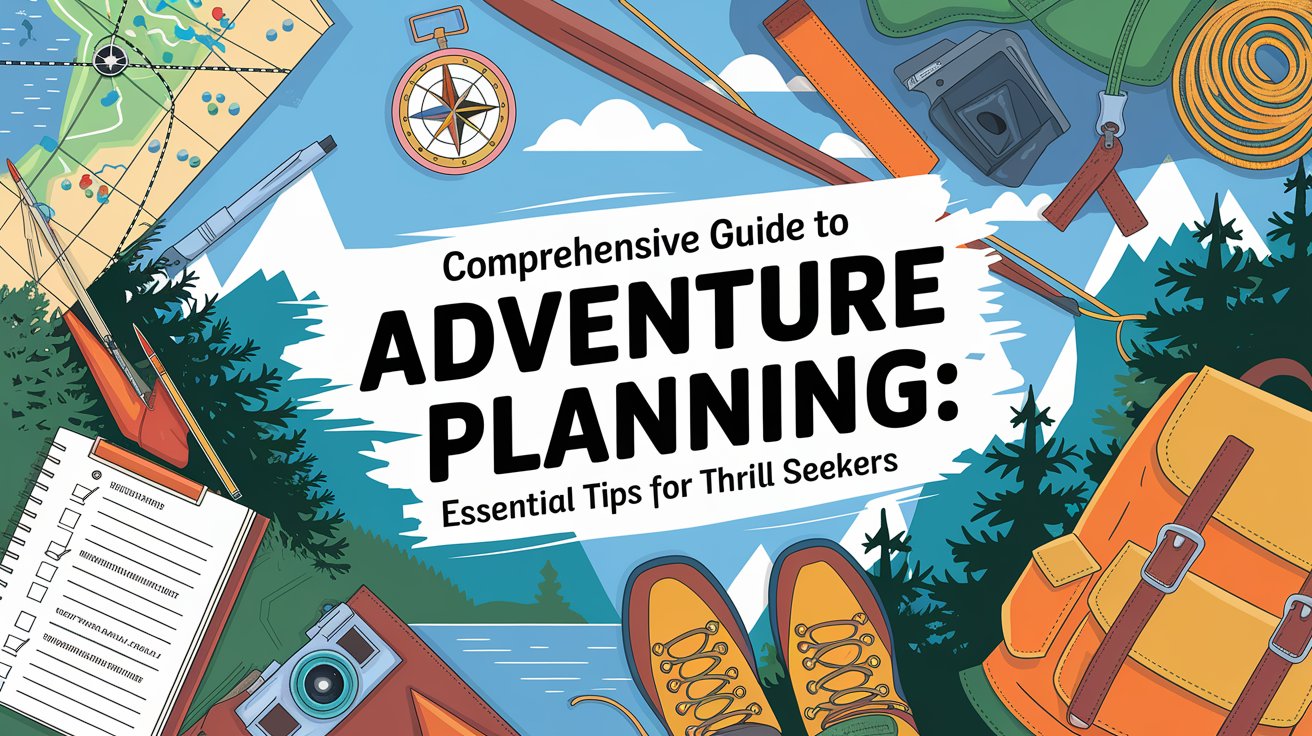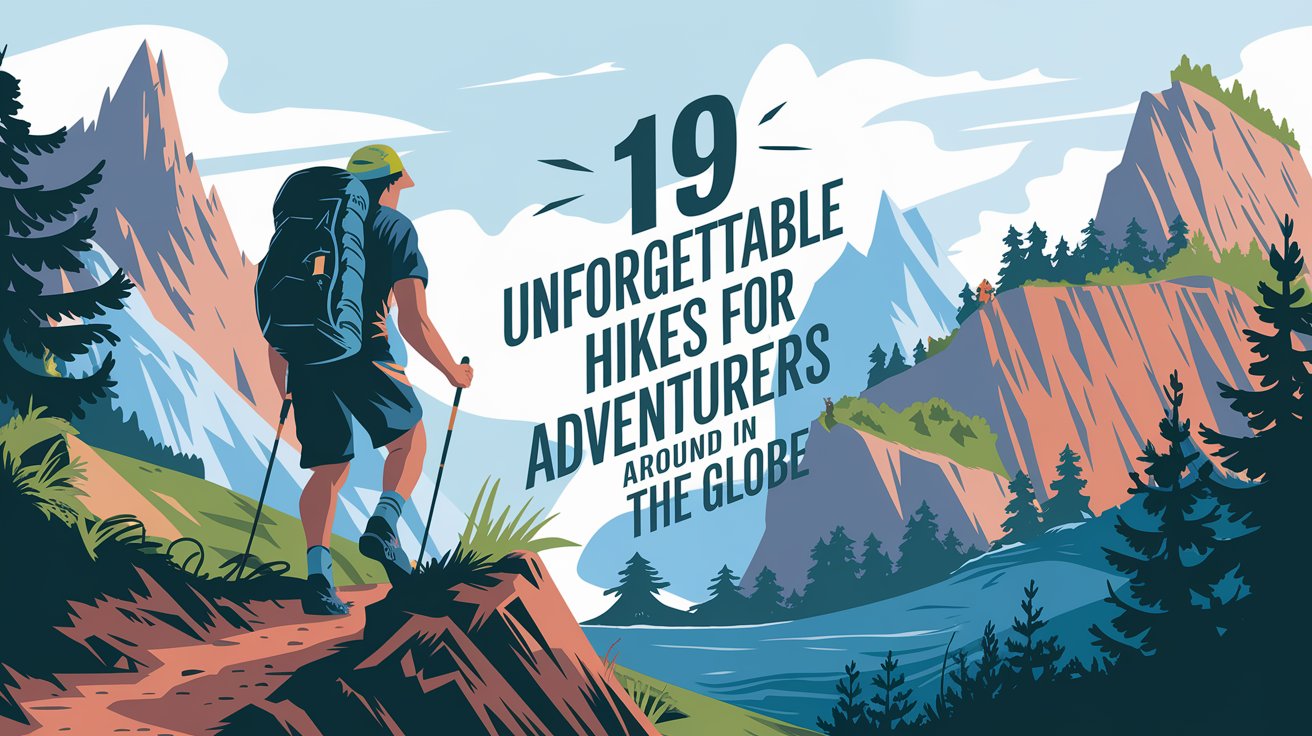Planning an adventure requires more than spontaneity—it takes thoughtful preparation and a strategic approach to ensure a fulfilling experience. This guide aims to provide you with a roadmap for adventure planning, covering everything from setting your goals to selecting the perfect destination, managing your finances, packing essentials, ensuring safety, and promoting sustainable travel. With these strategies, you can transform your travel dreams into a well-executed reality that is both rewarding and responsible.
Table of Contents
The Importance of Adventure Planning
Proper adventure planning is essential for those seeking to venture beyond their comfort zones. By crafting a detailed plan, you enhance your ability to face the unknown confidently, manage resources wisely, and maximize enjoyment while mitigating potential risks. Thorough planning turns the ordinary into extraordinary, providing peace of mind, greater freedom, and a deeper sense of purpose for any adventure.
Defining Your Adventure Goals
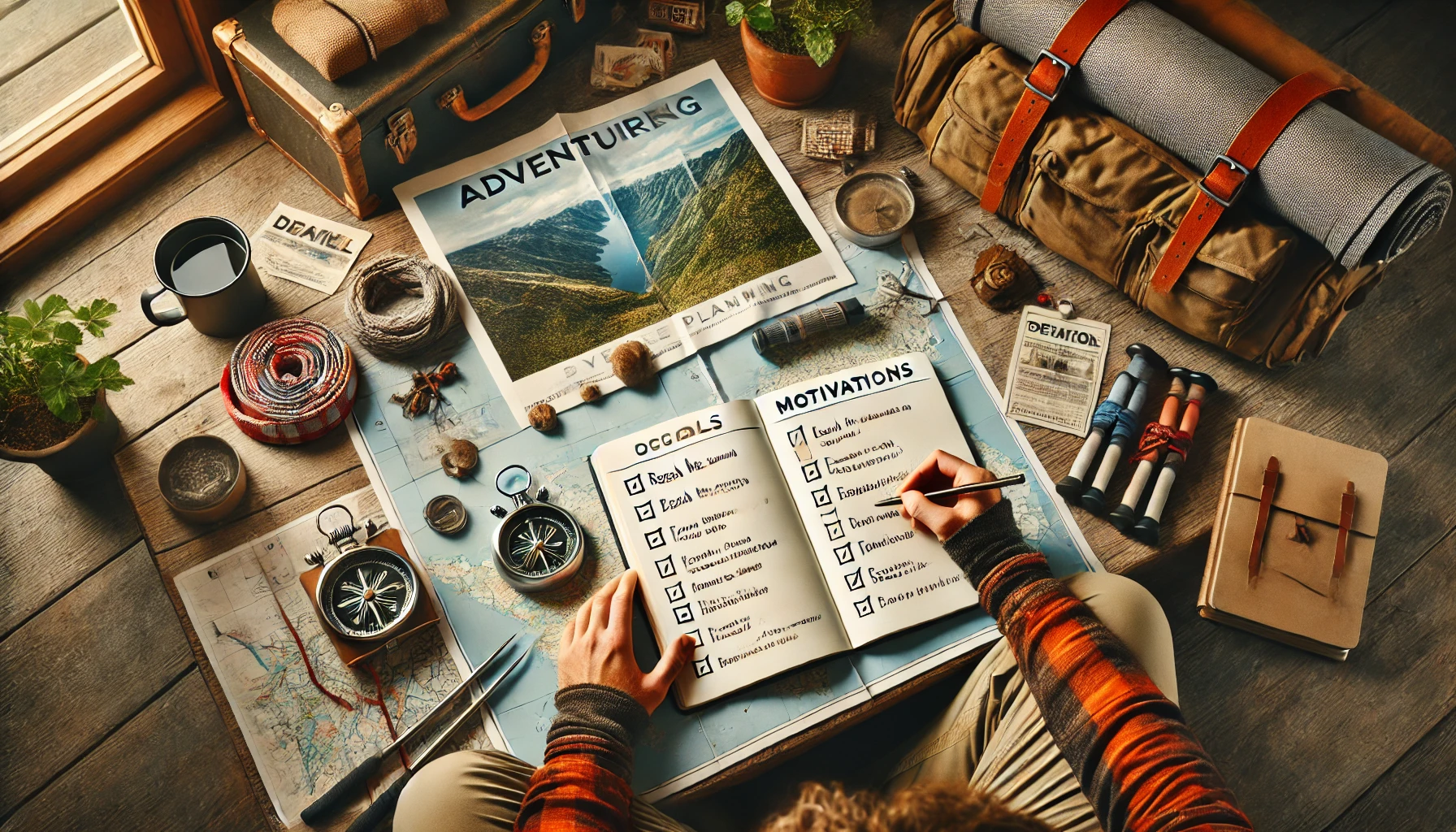
Identifying Personal Motivations and Expectations
The first step in adventure planning is understanding why you want to embark on this journey. Ask yourself: what are the driving forces behind your desire for adventure? Are you looking to challenge yourself physically, connect with nature, learn a new skill, or immerse yourself in a different culture? Clarifying these motivations can help shape the journey to meet your aspirations, giving the adventure a clear purpose and making it more meaningful.
Setting Clear and Realistic Objectives
Define specific objectives for your adventure. If you’re heading to the mountains, is your goal to reach a particular summit? For a cross-country bike trip, are there landmarks or places you want to explore along the way? By setting these objectives, you stay focused and motivated. Remember to set achievable targets; having a clear and realistic set of goals improves your adventure experience, making it easier to prepare and adapt to unexpected changes.
Balancing Expectations with Realities
While it’s essential to aim high, balancing ambition with practicality is key. Assess your physical fitness, experience level, budget, and available time, then determine how these factors align with your adventure goals. Recognizing your limitations doesn’t mean compromising on excitement; rather, it helps ensure your safety and lets you enjoy each aspect of the journey fully, ultimately enhancing your overall experience.
Choosing the Right Adventure Destination

Researching Destinations Based on Goals
A well-researched destination is the cornerstone of an enjoyable adventure. Choose locations that align with your goals. For instance, if you’re an avid hiker, destinations like Patagonia, the Alps, and the Appalachian Trail provide varied levels of difficulty and scenic beauty. For water activities, look into spots like the Great Barrier Reef for diving or the Zambezi River for white-water rafting.
Evaluating Seasonal Weather Conditions
Weather plays a significant role in the feasibility of outdoor adventures. Researching seasonal patterns is essential to avoid disruptions. Planning a mountain trek? Avoid monsoon seasons, which can lead to dangerous conditions, or look for dry, cooler seasons if planning a desert adventure. Knowing the local climate allows you to pack appropriately and ensures you experience your destination at its best.
Understanding Cultural and Environmental Considerations
Respecting the local culture and environment is a vital part of adventure planning. Learn about cultural norms, such as dress codes, language basics, and general etiquette, to avoid misunderstandings and show respect. Research environmental factors, especially in protected areas, to ensure your visit has minimal impact on wildlife and ecosystems. This fosters a positive connection with the local community and deepens your appreciation for the place.
Checking Legal Requirements and Permits
Certain destinations and activities may require special permits, visas, or adherence to regulations. National parks, wildlife reserves, and conservation areas often have visitor restrictions to protect fragile ecosystems. Check with local authorities or tourism offices to ensure you have the necessary permissions. Additionally, if traveling internationally, be aware of entry requirements and any vaccinations or health precautions you need to take.
Planning Finances and Budgeting

Setting a Realistic Budget
A realistic budget is crucial for adventure travel, particularly when it involves extensive travel, specialized gear, or participation in guided activities. Begin by estimating costs for major expenses like transportation, accommodation, meals, and activity fees. Don’t forget smaller but essential expenses such as park entrance fees, permits, insurance, and emergency funds. By creating a clear budget, you avoid unnecessary stress and can focus on enjoying your adventure.
Saving Strategies for Adventure Travel
To make your adventure a reality, consider adopting saving strategies. Open a dedicated savings account, set up automatic transfers, or cut back on discretionary spending. Budget travel options, such as hostels or Airbnb, can reduce accommodation costs, and booking flights and tours early can save you considerable money. Remember, travel insurance is an essential expense, especially for high-risk activities—it’s a small price for peace of mind.
Tracking Expenses on the Go
Maintaining a record of your expenses throughout the trip helps keep you on budget. Apps like Trail Wallet or TravelSpend make it easy to log expenses and track spending categories. This approach provides greater control over your budget and lets you adjust spending habits during the trip, ensuring that your adventure remains financially manageable.
Packing Essentials for Adventure
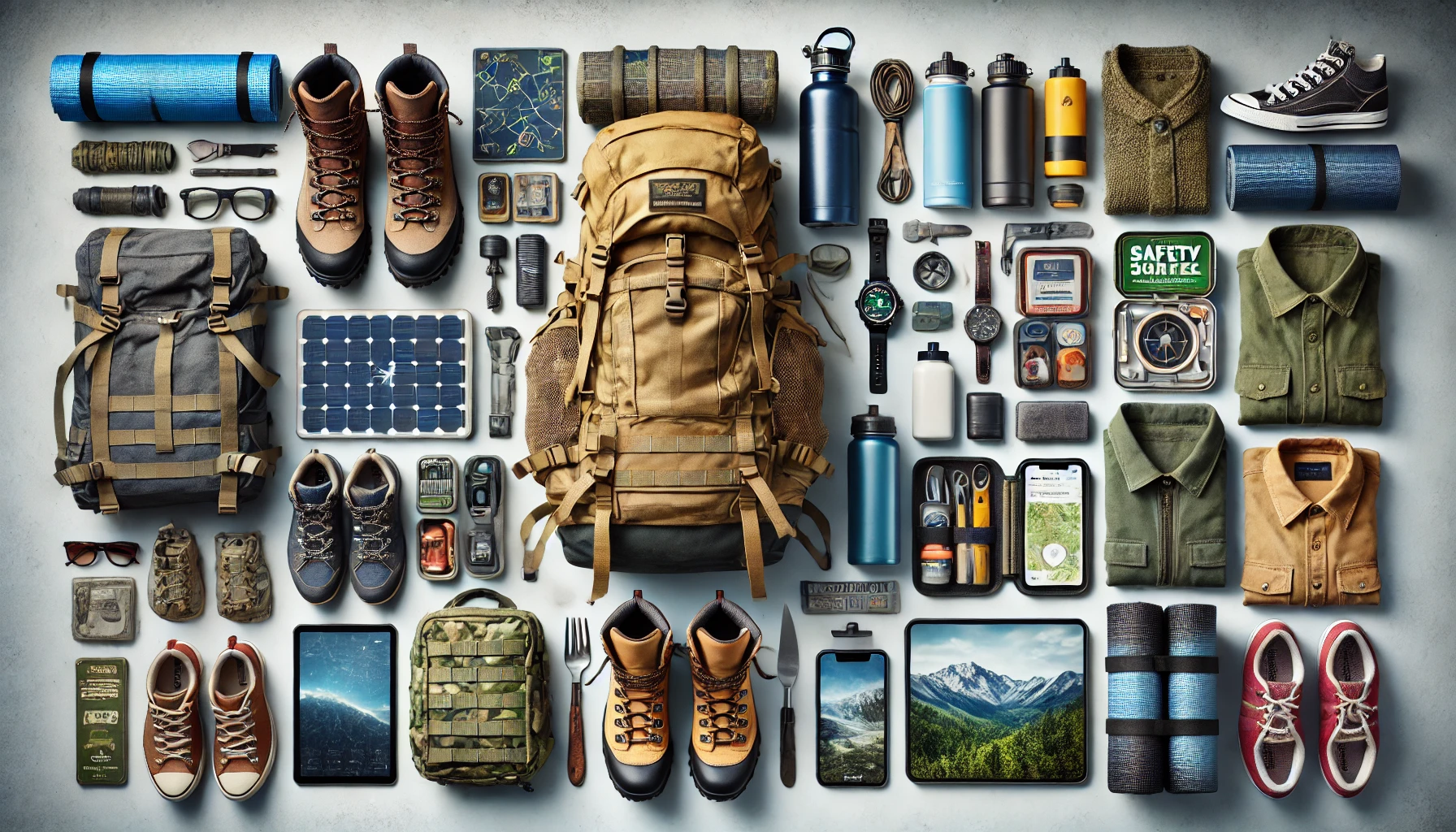
Choosing Appropriate Gear and Clothing
Gear selection is critical, especially for outdoor adventures. The right equipment—such as a durable backpack, sturdy hiking boots, weather-appropriate clothing, and high-quality outerwear—can make all the difference. If you’re heading to colder regions, pack insulating layers, thermal wear, and gloves. For hot and humid climates, lightweight, moisture-wicking fabrics are ideal. Investing in quality gear not only enhances comfort but also adds an essential layer of safety.
Safety and Survival Gear
Safety gear is indispensable for remote or high-risk adventures. Essentials include a first-aid kit, multi-tool, emergency shelter, portable water filter, and fire-starting materials. For backpacking, you might also need bear spray, satellite communication devices, or a whistle. Make sure you know how to use each item—practice with your gear before setting out so that you’re fully prepared.
Technology and Navigation Tools
Navigation tools are essential, especially in unfamiliar or remote locations. While traditional maps and compasses are reliable, digital navigation tools can be advantageous. Download offline maps on apps like Maps.me, AllTrails, or Gaia GPS, and carry extra battery packs or solar chargers. For enhanced safety, consider a GPS device with SOS functionality, which can be invaluable in emergencies.
Sustainable Packing Tips
Sustainable packing helps reduce environmental impact. Pack reusable items like water bottles, utensils, and food containers to minimize single-use plastic waste. Choose biodegradable toiletries, eco-friendly insect repellent, and natural sunscreen. Traveling sustainably shows respect for the environment and ensures that future travelers can enjoy the same experiences.
Adventure Travel Safety and Risk Management
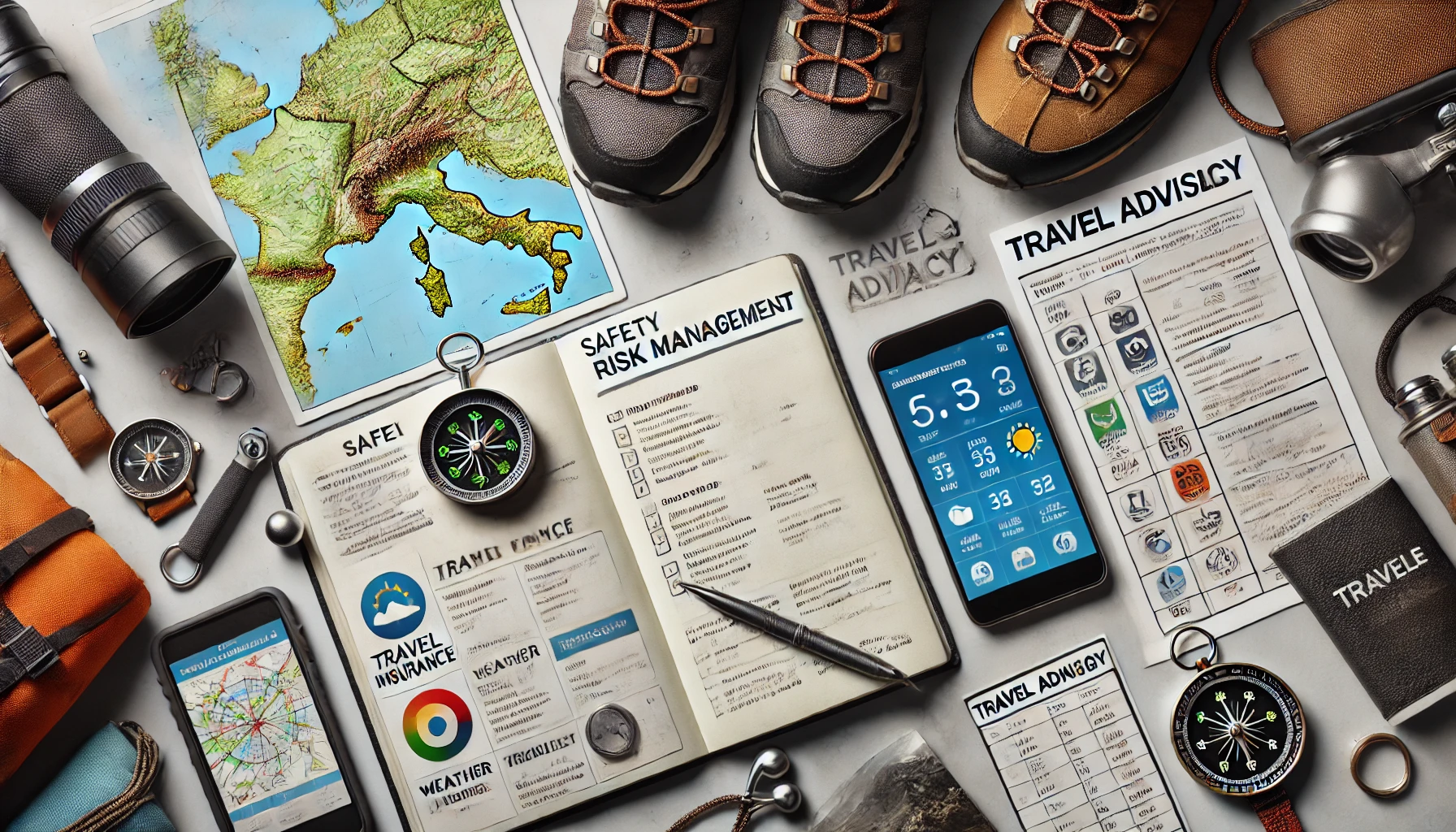
Researching Potential Risks
Understanding potential risks before embarking on your adventure allows you to prepare more effectively. Common risks include altitude sickness, extreme weather, wildlife encounters, and unfamiliar terrain. Review reliable resources like government travel advisories, weather forecasts, and guidebooks to anticipate and prepare for these challenges.
Insurance and Emergency Planning
Travel insurance is essential for any adventure trip, particularly when it involves high-risk activities like mountaineering, scuba diving, or rock climbing. Choose a policy that covers medical emergencies, evacuation, and specific adventure activities. Keep a copy of your insurance policy and emergency contacts with you at all times, and familiarize yourself with local healthcare facilities and emergency procedures at your destination.
Informing Loved Ones of Your Itinerary
Sharing your itinerary with family or friends is a simple but vital precaution. Make sure they know your travel dates, planned activities, and contact information for accommodations. Regular check-ins, even if brief, provide peace of mind for both you and your loved ones, knowing that someone is aware of your whereabouts.
Physical and Mental Preparation
Adventure activities often demand high physical and mental resilience. If your trip involves strenuous physical exertion, consider a training regimen beforehand. Cardio, strength training, and flexibility exercises prepare your body, while mindfulness and relaxation techniques can help you stay calm and focused. Physical and mental readiness allows you to handle challenges confidently, enhancing your overall experience.
Sustainable and Responsible Adventure Practices
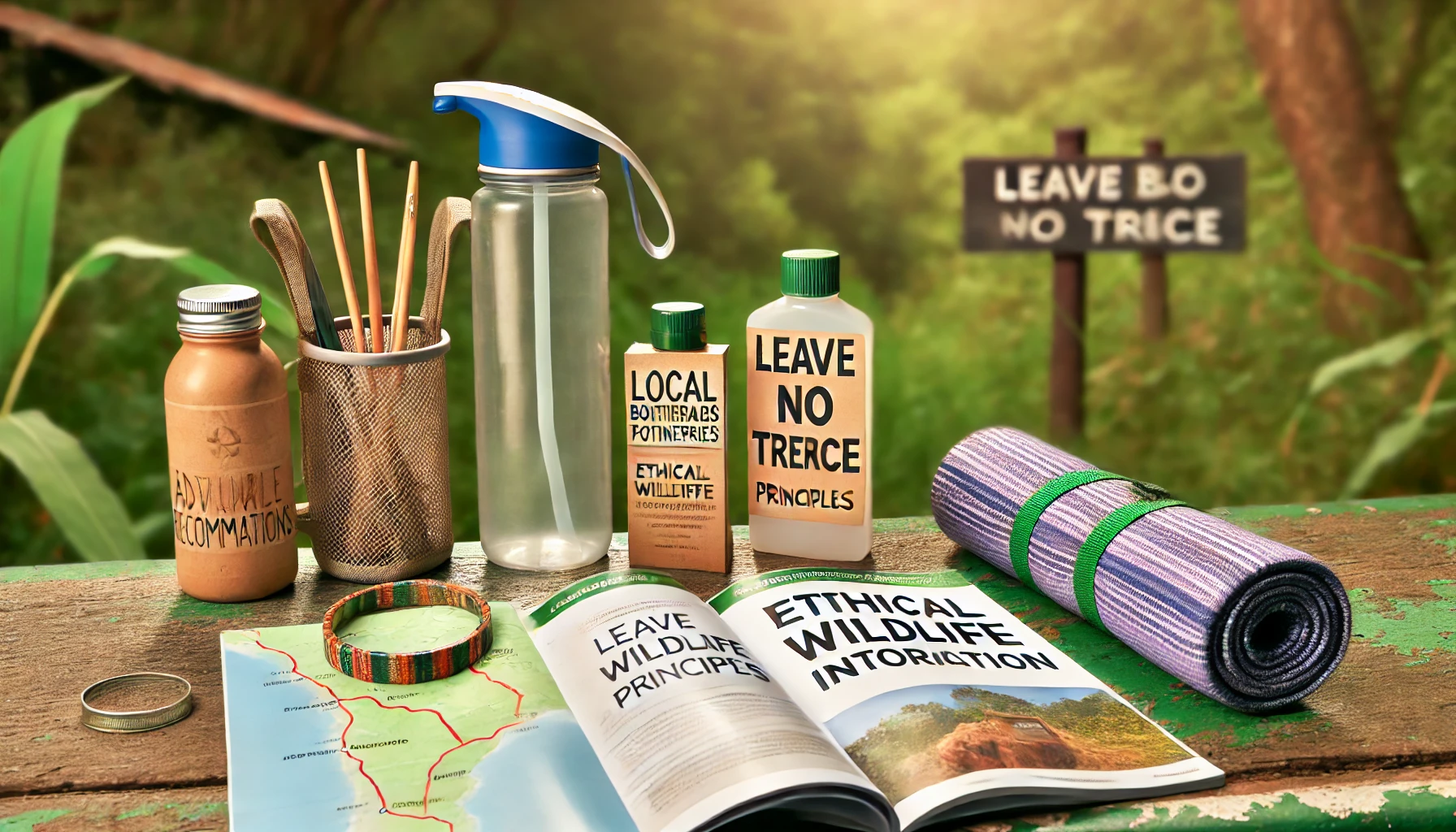
Minimizing Environmental Impact
Practice Leave No Trace principles by minimizing waste, respecting wildlife, and following established trails to reduce impact. Avoid using single-use plastics, dispose of waste responsibly, and choose eco-friendly products whenever possible. Small actions contribute to preserving natural beauty and biodiversity for future generations.
Supporting Local Communities
Supporting local businesses and communities is a meaningful way to contribute positively to your destination. Shop locally, eat at family-owned restaurants, and book tours with reputable guides. This not only enriches your experience but also ensures that tourism benefits local economies. Genuine engagement with locals often creates more memorable and authentic experiences.
Ethical Wildlife Interaction
Wildlife encounters are a highlight for many travelers, but it’s important to interact ethically. Maintain a respectful distance, avoid loud noises, and never feed animals. Choose eco-friendly wildlife tours that prioritize conservation and adhere to regulations designed to protect wildlife. Responsible interactions help preserve natural habitats and maintain animal welfare.
Adventure planning is an essential step that transforms a spontaneous trip into a well-crafted journey filled with unforgettable experiences. By setting clear goals, researching destinations, budgeting responsibly, packing efficiently, and embracing sustainable travel practices, you ensure that your adventure is safe, enjoyable, and environmentally conscious. With this guide, you’re equipped to embark on an adventure that is not only thrilling but also deeply enriching. Take the leap, explore responsibly, and make memories that last a lifetime.
FAQs
What essentials should I pack?
Bring suitable clothing, safety gear, navigation tools, and sustainable items like a reusable water bottle.
How do I stay safe during adventure travel?
Research risks, get travel insurance, share your itinerary, and be physically prepared.
How can I travel sustainably?
Follow Leave No Trace, support locals, avoid plastics, and respect wildlife.

